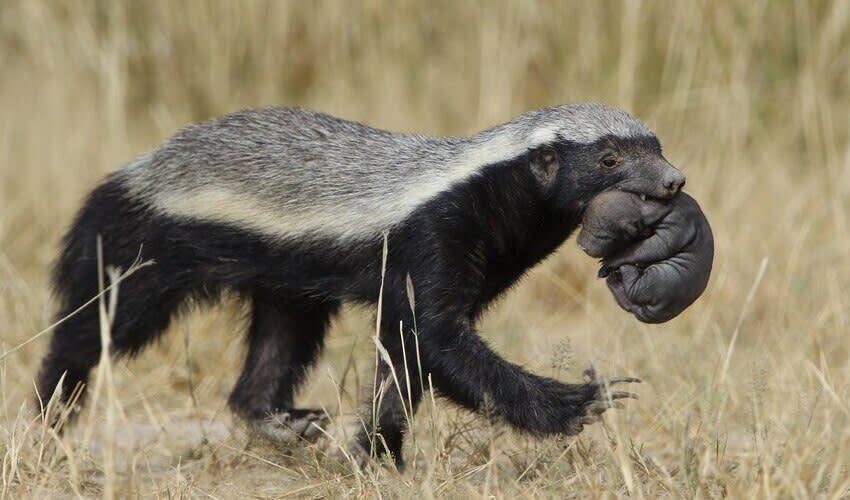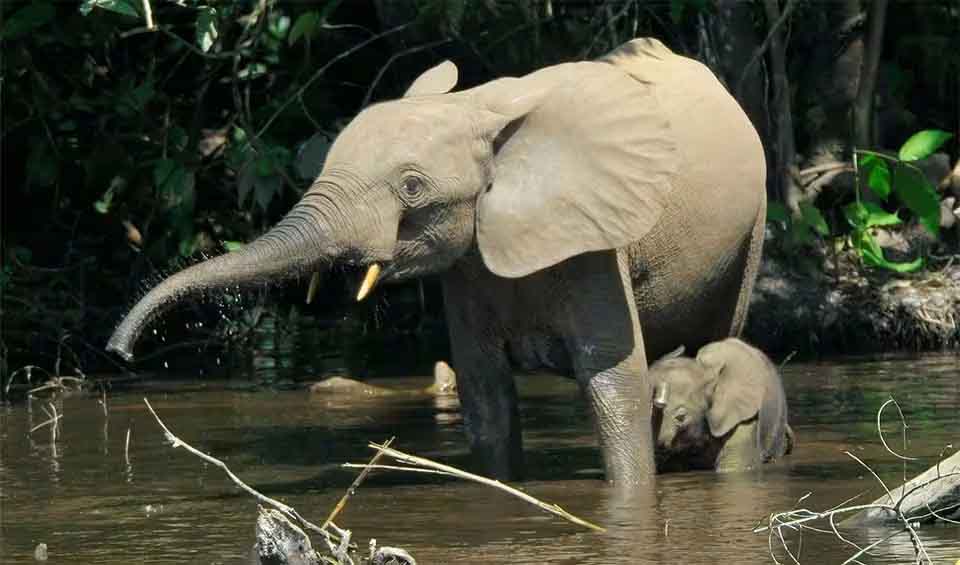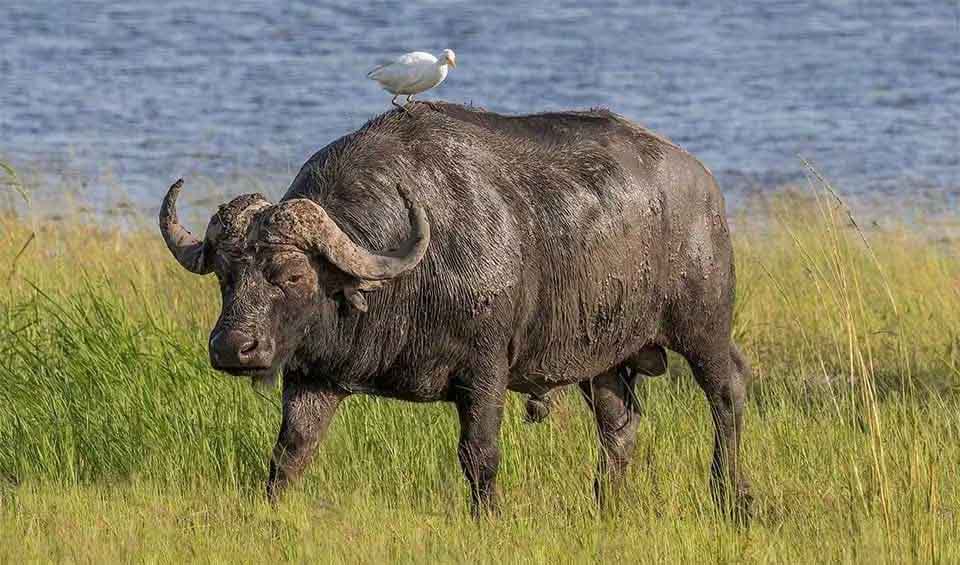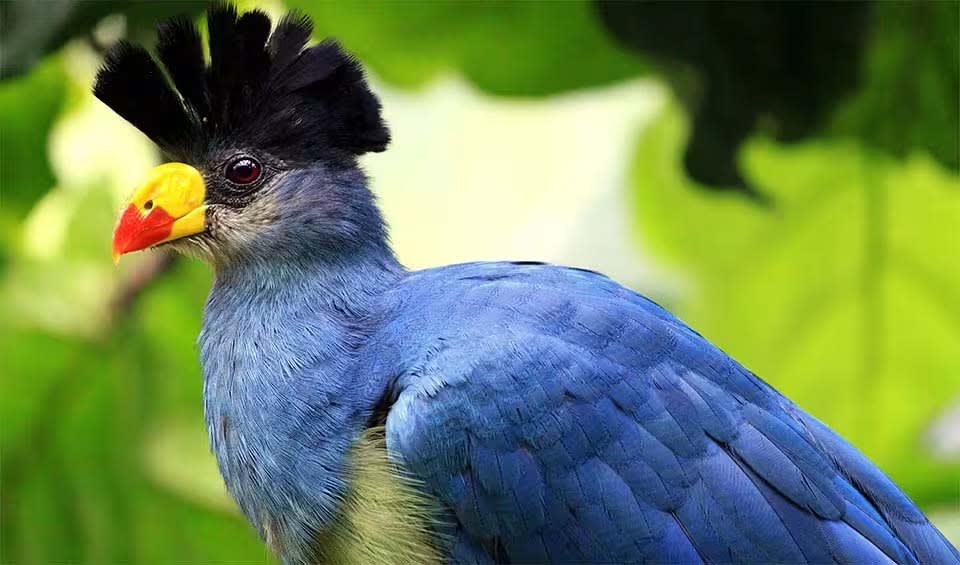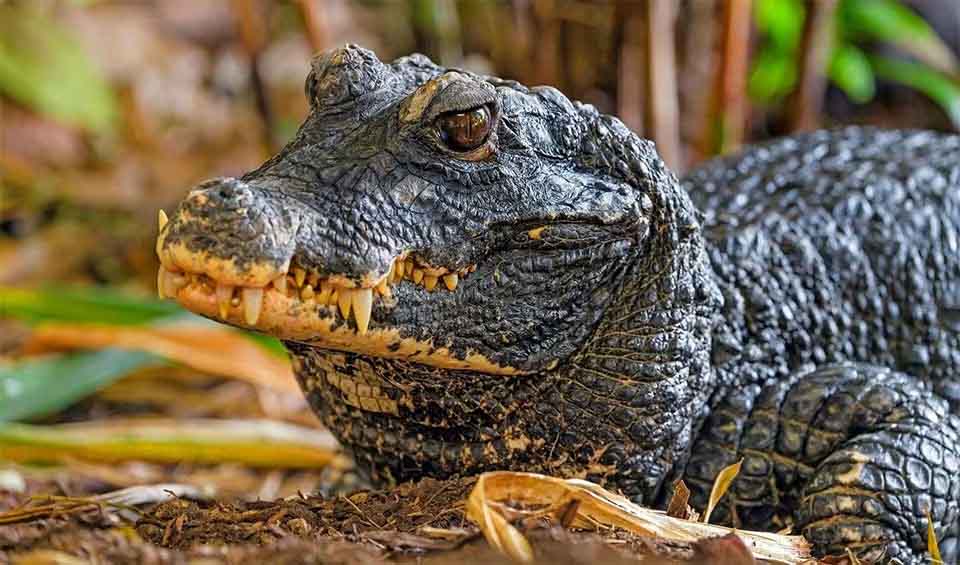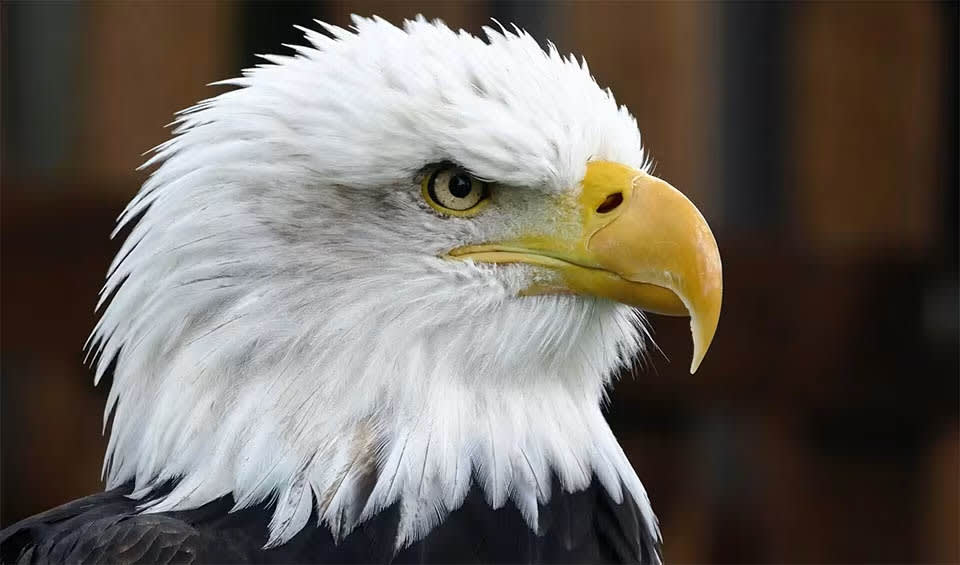Nigeria’s geographical diversity encompasses various climatic and ecological zones, ranging from semi-arid savannas to lush mountain forests, extensive seasonal floodplains, and diverse coastal landscapes, including Africa’s largest expanse of mangroves in the Niger Delta. This rich landscape, combined with variable climatic conditions, has endowed Nigeria with abundant flora and fauna, establishing it as a biodiversity hotspot in Africa.
Beyond ecological richness, biodiversity is deeply intertwined with livelihoods and survival for many Nigerians, providing essential services such as climate regulation, food and medicinal resources, and energy sources like firewood, particularly in rural areas. Additionally, Nigeria’s growing tourism industry heavily relies on its diverse ecosystems for recreational activities, highlighting the significance of biodiversity beyond ecological value.
Four pillars elaborated:
The natural landscapes of Nigeria span a diverse range, encompassing semi-arid savannahs, mountainous forests, lush seasonal floodplains, dense rainforests, expansive freshwater swamps, and varied coastal vegetation. These ecosystems follow broad east-west belts, running parallel to the Equator. Along the coast and in the Niger Delta, mangroves and freshwater swamps flourish. Notably, Nigeria’s Niger Delta boasts the third-largest mangrove forest globally and the largest in Africa, covering 1 million hectares (10,000 km²) of the continent’s total 3.2 million hectares (32,000 km²). This makes the Niger Delta mangrove forest a significant biodiversity hotspot. Moreover, Nigeria hosts 11 Ramsar sites, covering a total area of 1,076,728 hectares (10,767 km²). Among these, three are located in the Niger Delta region: Apoi Creek Forest in Bayelsa State, Upper Orashi Forests in Rivers State, and Lake Oguta in Imo State, all situated along the Niger River floodplain. Land Management
Land Management
Habitat destruction in Nigeria is primarily driven by agricultural practices such as intensified farming, land drainage, and the introduction of cash crops like cocoa and oil palm, alongside bush burning, logging, and fuel wood collection. These activities have severely impacted wildlife populations, leading to biodiversity loss and ecosystem depletion. Additionally, the country’s high population growth exacerbates environmental degradation, contributing to deforestation and illegal logging. Economic policies, cultural practices, and insufficient law enforcement further exacerbate these issues, while limited budget allocations hinder reforestation efforts. Ultimately, poverty emerges as a significant threat to biodiversity conservation in Nigeria. Threats to Biodiversity
Threats to Biodiversity
Nigeria has signed international treaties for biodiversity conservation and has implemented a National Biodiversity Strategy and Action Plan (NBSAP) to address threats to biodiversity. The NBSAP has five goals, 14 national targets, 21 impact indicators, 67 actions, and 123 performance indicators. Additionally, Nigeria has launched its first National Strategy to Combat Wildlife and Forest Crime, which aims to combat wildlife crime based on evidence and international best practices. The Nigerian authorities are also enforcing a ban on the illegal timber trade and have other national legislations and policies in place for biodiversity conservation. Capacity and Governance
Capacity and Governance
Moreover, the Nigerian government has implemented several laws and policies concerning biodiversity. These encompass statutes such as the Endangered Species (Control of International Trade and Traffic) Act, Forest Reserves (Protection) Regulations, and Wildlife Conservation and Management Act. These legislative structures furnish the essential mechanisms to oversee wildlife commerce, safeguard vital habitats, and ensure the enforcement of conservation initiatives across Nigeria.
Nigeria is taking proactive steps to preserve its biodiversity through various initiatives and development plans. One key project focuses on protecting the critically endangered Cross River Gorilla by establishing a sanctuary and implementing conservation measures. Another significant effort targets the cocoa industry, aiming to enhance sustainability while preserving biodiversity in cocoa-growing regions. Additionally, Nigeria is committed to restoring and sustainably managing the Niger Delta Mangrove, vital for coastal protection and supporting diverse wildlife. These initiatives underscore Nigeria’s commitment to conserving its natural heritage and promoting sustainable practices for the future. Future Trends
Future Trends
Biodiversity
Many species that were once abundant in Nigeria are now becoming increasingly rare, indicating a concerning decline in biodiversity. The forests of Cross River State in southeastern Nigeria stand out as a hotspot for amphibian diversity, while the Gulf of Guinea forests in the same region are renowned for their rich variety of primate species. Among them is the critically endangered Cross River gorilla (Gorilla gorilla diehli), with fewer than 250 individuals remaining, confined to a few protected areas in Cross River State. Nigeria’s flora includes numerous plant species valued for their traditional uses as food, medicine, and in various domestic applications, with many of these species documented in specific regions across the country.Moreover, Nigeria serves as a hub for diverse wild varieties of crucial crop plants; however, the proliferation of new varieties and cultivars threatens the survival of these indigenous species, contributing to the alarming rate of biodiversity loss observed in the country.
In the table below are the number of known species in several main groups, how many of these species are Threatened with extinction, and how many of them are Endemic (unique to Nigeria only):
| Species (World rank) |
Threatened | % Threatened | Endemic | % Endemic | |
|---|---|---|---|---|---|
| Mammals | 315 (#30) | 31 | 9.8% | 6 | 1.9% |
| Birds | 866 (#22) | 25 | 2.9% | 4 | 0.5% |
| Reptiles | 207 (#45) | 13 | 6.3% | 9 | 4.3% |
| Amphibians | 118 (#29) | 11 | 9.3% | 2 | 1.7% |
| Fishes | 772 (#75) | 89 | 11.5% | 21 | 2.7% |
| Plants | 7,895 (#40) | 205 | 2.6% | 128 | 1.6% |
mammals
Honey badger
Well known for their ferocity, these fearless little creatures are always ready to take on an entire pride of lions
African forest elephant
Inhabiting humid forests in West Africa; they are the smallest of the three elephant species
African buffalo
They are also known as the “black death” or “widowmaker,” which says a lot about them – dangerous!
birds
Steppe eagle
The treasured bird of Saladin, the first Sultan of Egypt
Black crowned crane
In some regions, they are regarded as messengers of the gods or as symbols of rain and fertility
Great blue turaco
A bird as big as a crow but with feathers that shimmer an unbelievable shade of blue
reptiles
Dwarf crocodile
Timid nocturnal with broad snouts native to Africa, they are the smallest of all crocs
Gaboon viper
Gaboon viper has the largest fangs and highest venom yield of any snake on earth
Common agama
Known for their vibrant colors, which can change rapidly in response to their environment, mood, or social interactions
National Animals
Bald eagle
The magnificent national bird of the United States, distinguished by a snowy white head, neck, and tail
